Do you have questions about bounce? Let us explain it for you with this easy to understand guide.
BOUNCE: As a number,

Today’s article is written by Will Harvey, who also created all of the original artwork presented in today’s article and video. Will is an Apprentice Professional at the Haggin Oaks Golf Complex in Sacramento and is passionate about
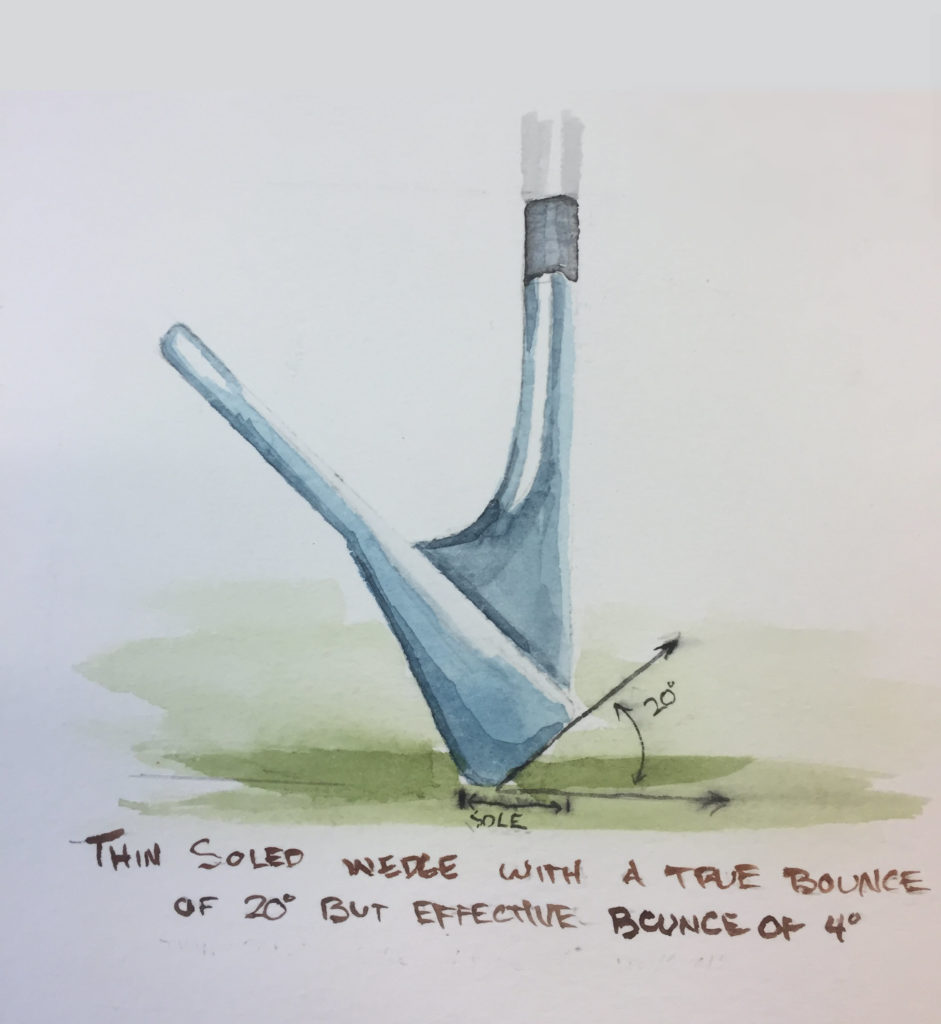
Most wedges are printed with their effective bounce number, what the manufacturer believes the wedge plays to and not the true degree of bounce. The wedge sold width can add or diminish effective bounce. The bigger the width, the more effective bounce and vice versa.
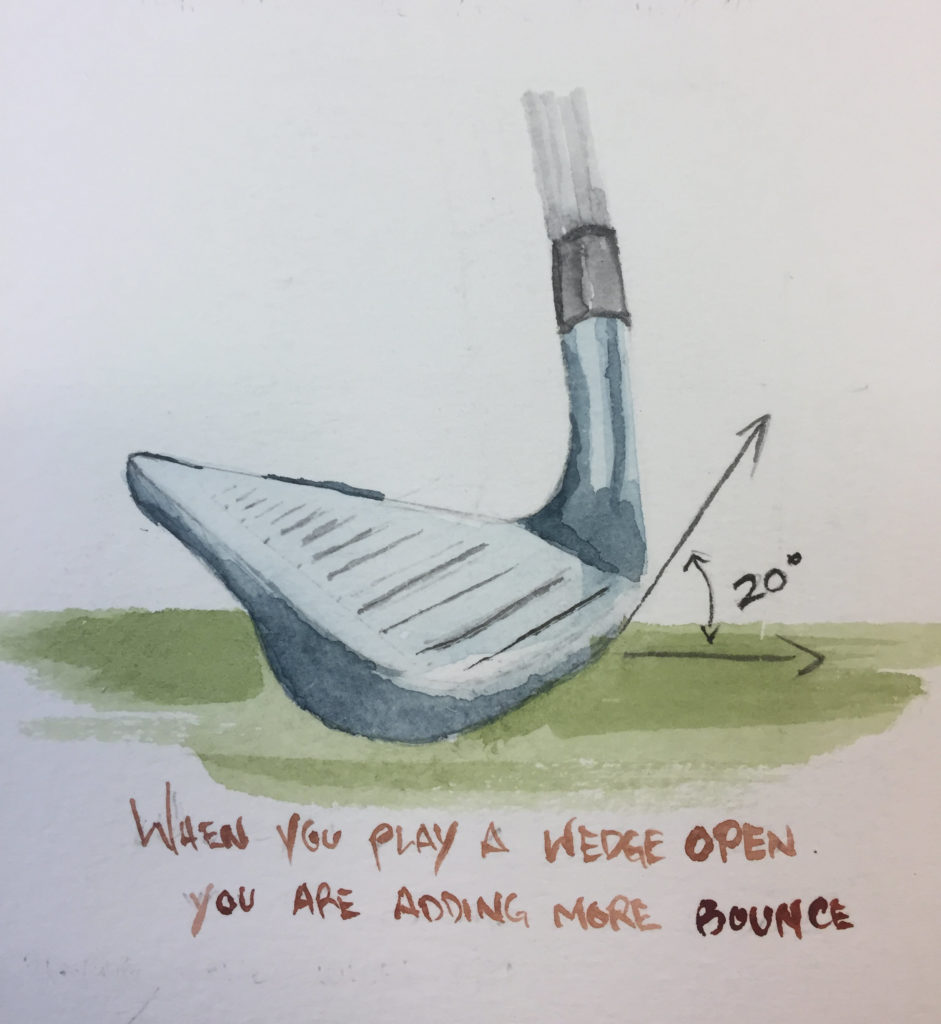
For example, a thin soled wedge may have as much as 20° bounce, but due to a thin sole, the wedge plays as if it had 4° bounce. Even though the wedge has a true bounce of 20°, because it feels and plays like it had 4° bounce, the wedge is stamped 4° reflecting the effective bounce. Most manufacturers stamp their wedges with the effective bounce number and not the true degree of bounce.
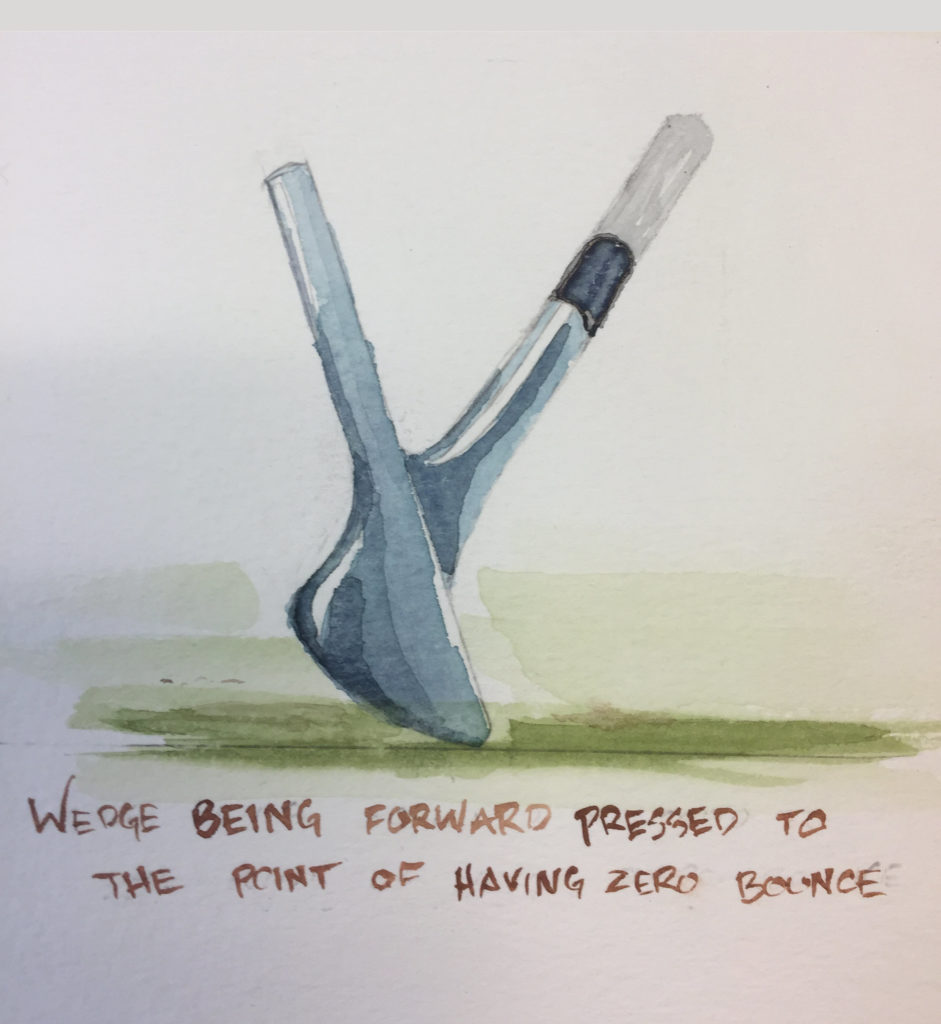
Adding more loft to the wedge simply increases the degree of change between the leading edge and the trailing edge of the club. The same can be said for when we deloft the wedge whereby the leading edge sits closer to the ground and plays to a lower effective bounce.
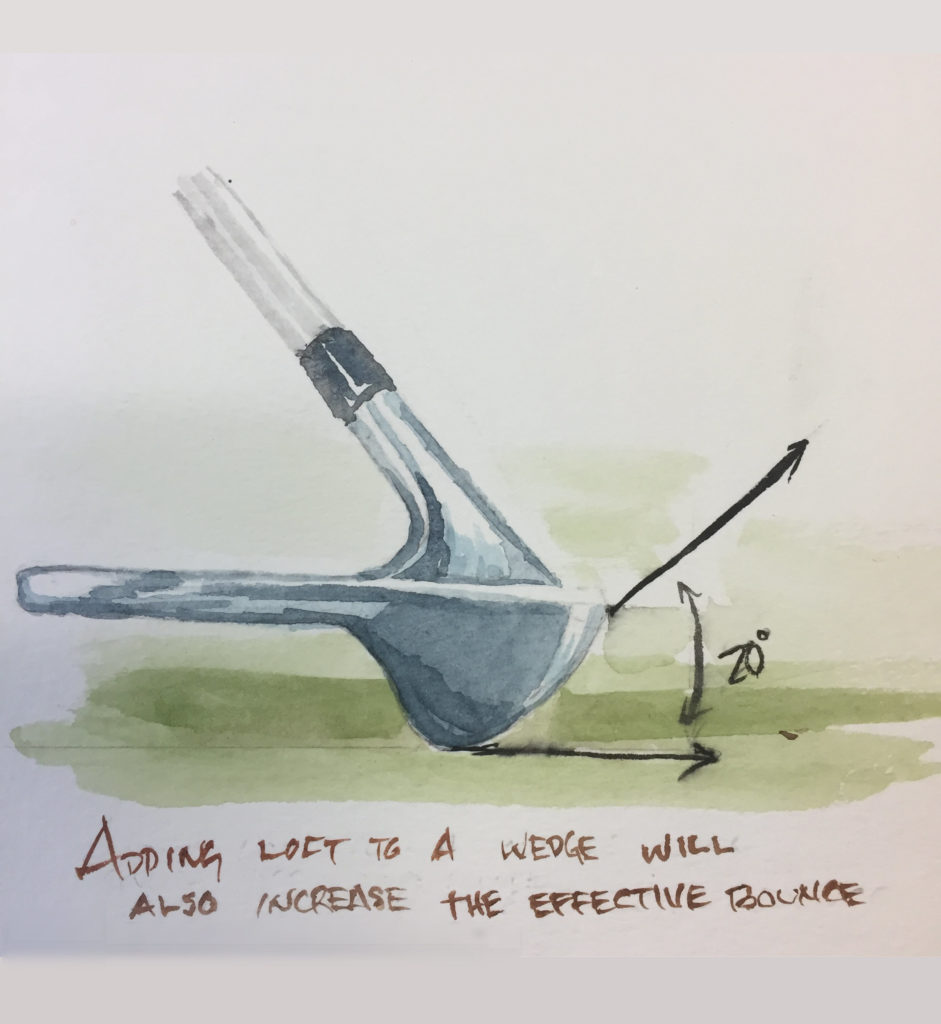
Challenge
Learn to play your wedges around the green by utilizing the bounce of the wedge, the skid plate, by having it slide through the turf opposed to digging.
Think soft arms and soft wrists. This is the opposite to a traditional back of the stance and driving the leading edge down which calls for perfection with little room for error and often leads to unpredictable roll out.
Want to learn more?
Schedule a wedge playing lesson with Will Harvey at the Haggin Oaks Golf Complex by calling the Northern California Institute of Golf at 916-808-2531.
Haggin Oaks is located at 3645 Fulton Avenue in Sacramento, CA.
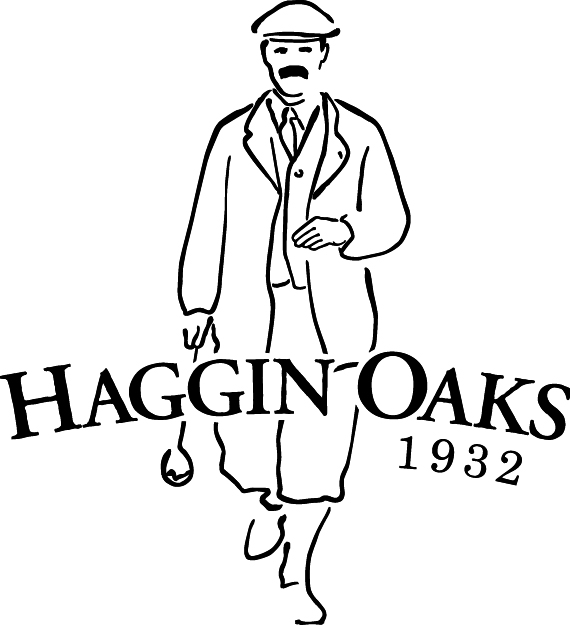

1 Comment